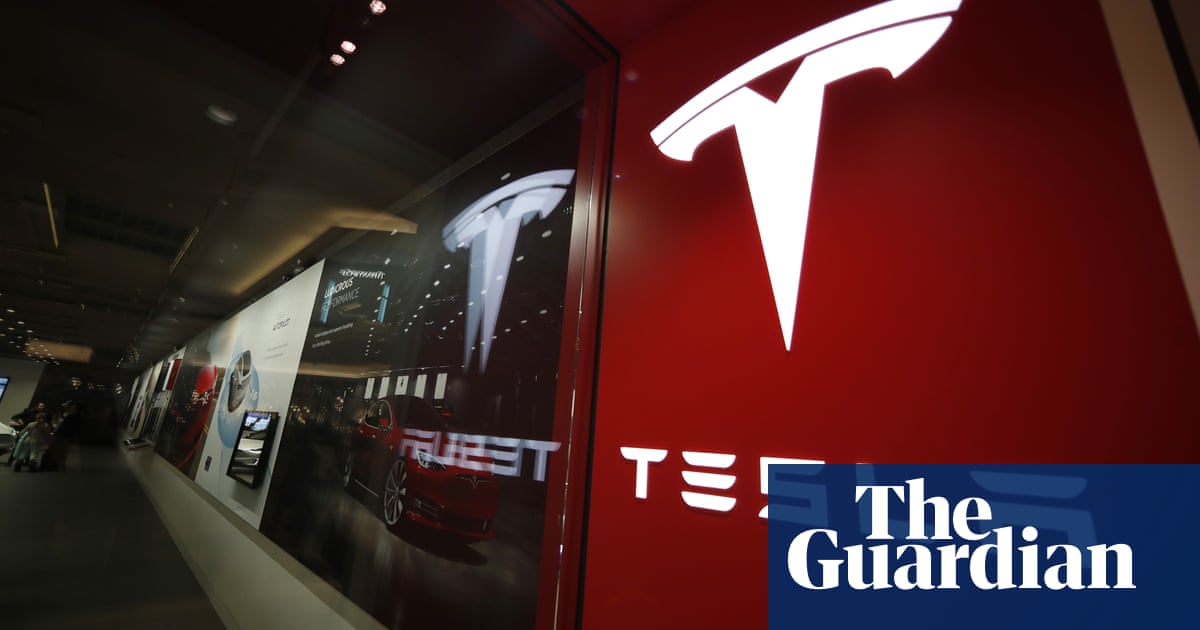- cross-posted to:
- technology@lemmy.world
- cross-posted to:
- technology@lemmy.world
A judge has found “reasonable evidence” that Elon Musk and other executives at Tesla knew that the company’s self-driving technology was defective but still allowed the cars to be driven in an unsafe manner anyway, according to a recent ruling issued in Florida.
Palm Beach county circuit court judge Reid Scott said he had found evidence that Tesla “engaged in a marketing strategy that painted the products as autonomous” and that Musk’s public statements about the technology “had a significant effect on the belief about the capabilities of the products”.
The ruling, reported by Reuters on Wednesday, clears the way for a lawsuit over a fatal crash in 2019 north of Miami involving a Tesla Model 3. The vehicle crashed into an 18-wheeler truck that had turned on to the road into the path of driver Stephen Banner, shearing off the Tesla’s roof and killing Banner.



To me, autonomous vehicles are like AI (it actually is AI in the case of Tesla): the public perception is that it’s way better than it really is because it’s really good in 80% of cases. But to get to 90-95% will take many many years still. That doesn’t mean we shouldn’t use them, neither abandon them. To progress, we have to keep using them with caution. Learn the limits and work within it. Don’t start firing people to be replaced with AI because in a few months and years you’ll realize that the 20% left to improve will be hurting more than your thought. The same way you shouldn’t remove drivers just yet.
But it’s not true AI. In my decades of experience driving cars I’ve encountered numerous edge cases that I never explicitly learned about during my drivers ed days. One recent case in point - I pulled up to a red light at a fairly busy intersection and stopped. While the light was still red a police officer on the corner at a construction site walked out and tried to wave me through the intersection. I was watching the red light so I didn’t even see him until he yelled at me.
How would an autonomous AI car handle that situation if it’s not explicitly trained to recognize it? It would need to recognize the police officer as an authority that legitimately overrides the red light.
Same intersection a few years earlier I saw a car engulfed in flames right in the middle of it. I saw & heard the fire trucks rapidly approaching as I got to the intersection. I, and others, realized we needed to get out of the way quickly. Would a Tesla AI(or any other) recognize the car is on fire and safely move away, or would it just recognize the shape of the car and patiently wait for it to move out of the intersection before proceeding?
The point is that it’s virtually impossible to predict for, and program an AI to handle, every single situation it might ever encounter. A true AI would be trained on a lot of these sorts of scenarios but would need to be capable of recognizing edge cases it hasn’t encountered before as well. It would then need to react as safely as possible to those edge cases in a manner similar to how a human would.
Edit: Downvotes must be from Tesla fanbois who can’t face reality. If the had legitimate arguments they would have replied…
This is why AI is a solution, not coding everything. How does one learn how to react in these situations? Either you’ve learned from watching your parents, by taking lessons, reading the code or by simply following the others. The goal of an AI is to be able to do just that. Coding every single use case is way too complex.
I know Tesla has worked on improving emergency vehicles situations, but I don’t know how and what’s the current state.
Why are you being downvoted?